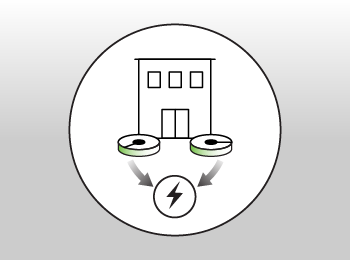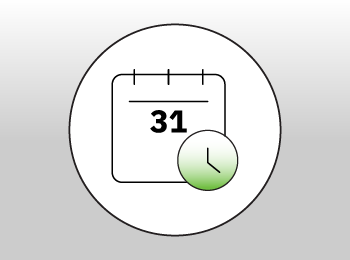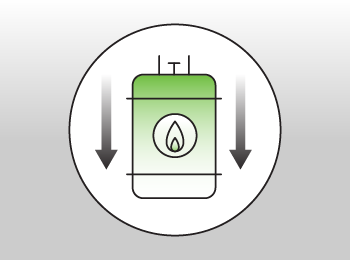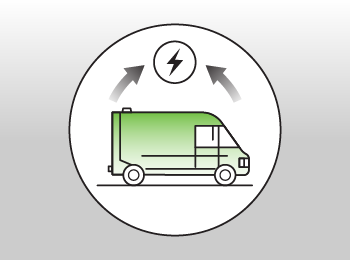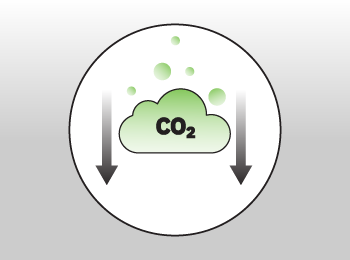
Achieving Net Zero is a key element of delivering sustainable water and wastewater services, and caring for the environment now and for generations to come is a big part of our purpose as a company.
Our ambitious goal is to achieve Net Zero in 2027, but we actually set out on our carbon reduction journey more than a decade ago.
In 2009, the company pledged to cut its Greenhouse Gas emissions by 35% by 2020 against a 2008 baseline – and we were delighted to achieve that target a year early.
To date, we have seen our carbon emissions fall from 303,000 tonnes in 2008 to just 22,000 tonnes in 2021.
Progress based on our values
Our success so far has been built upon our corporate values, in particular, our customer focused and ethical values underpinned the need to set the goals. Innovative, one team and results focused have been essential criteria in meeting the goals.
Following the ‘Carbon Hierarchy’, which represents the principals of good practice, we continue to prioritise reductions in emissions and the replacement of those activities that are carbon intensive.
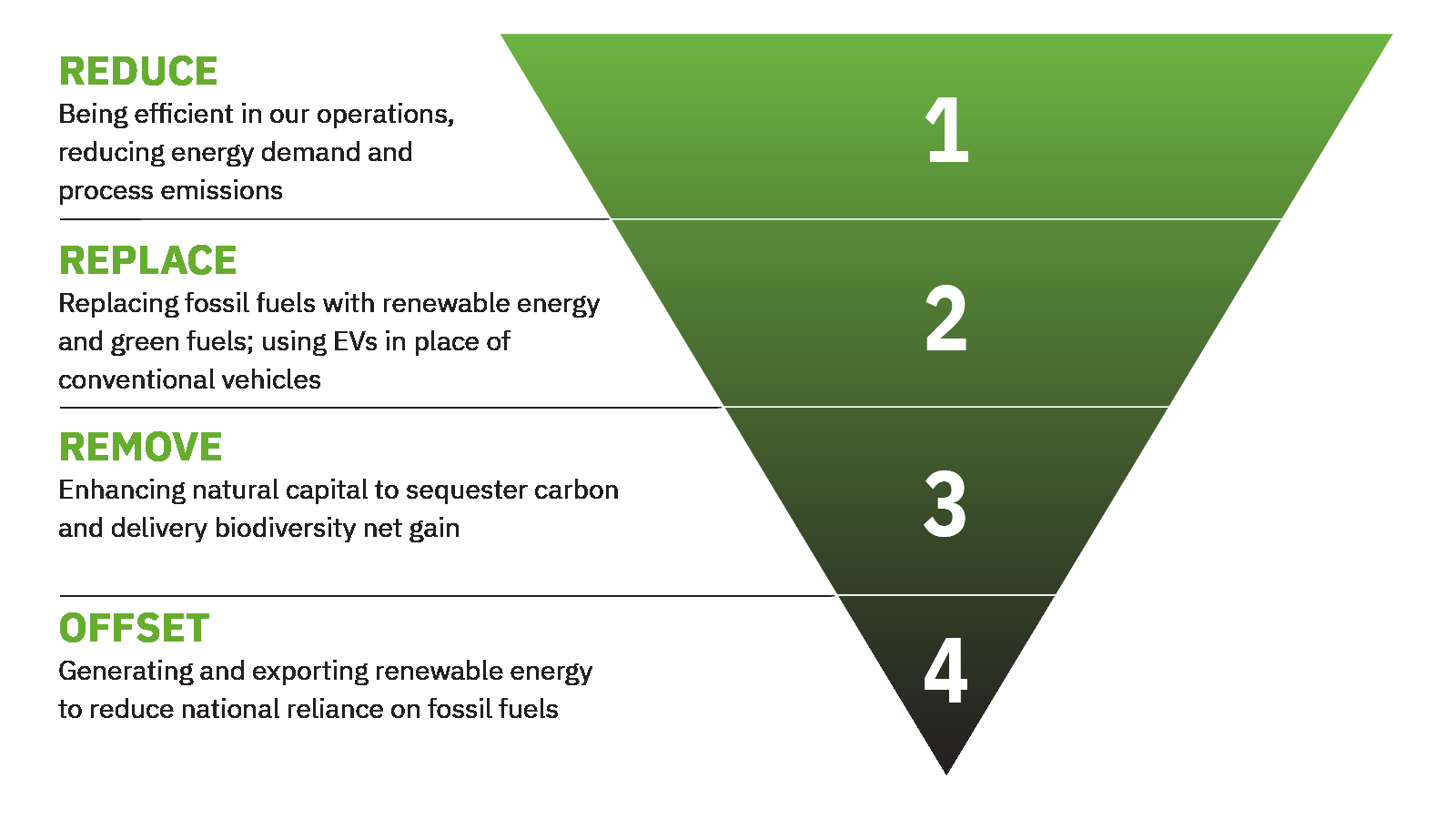
Embracing opportunities
As an innovative company, however, we will also embrace creativity, innovation and opportunity, and grasp other opportunities to make an immediate impact.
Since the publication of our original Emission Possible document in July 2021, we have continued to make great strides towards our ambitious goal of achieving Net Zero in 2027.
Greater investment within local economies, as part of our commitment to spend 60p in every pound within our communities, the beginning of the roll out of new solar arrays, starting at our Lumley Water Treatment Works, and new water efficiency programmes are all playing their part. We have invested in better energy management systems for treatment works, supported the wider expansion of the green gas markets and rationalised office space to reduce our footprint.
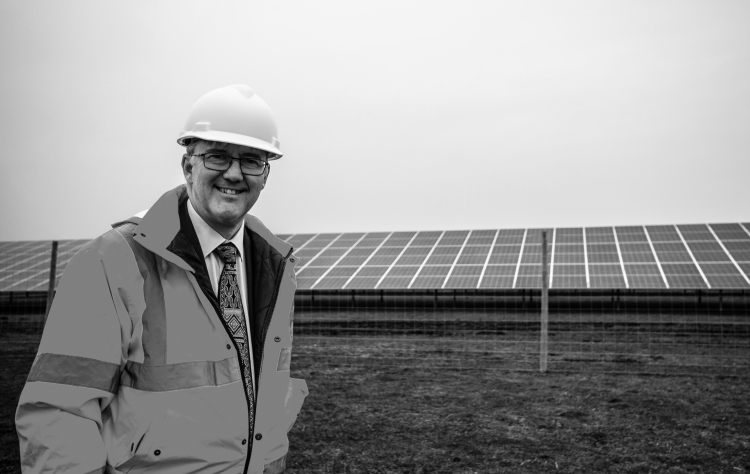
Acting in the midst of an energy cost crisis
However, as we continue our drive to zero and beyond, we do so in the midst of an energy cost crisis. Additionally, such things as the cost of new vehicles have significantly increased.
While the greater investment in solar is timely, helping us not only add to our on-site green energy generation mix, but also supply more sustainable electricity for others, it is also a time to take stock and prepare for some of our next steps with an eye on customers’ bills.
For example, we are stepping back to assess all available options now and in the future to inform investment in our fleet. This considered approach now will allow us to make wise choices and get the best value and outcomes, for both the planet and our customers.
Continued progress
We are proud of the continued progress towards our Net Zero goal since the publication of our first Emission Possible report in July 2021.
Climate change is the greatest challenge of our lifetime and as we approach zero and seek to go beyond, we know every step becomes a greater challenge. We recognise and embrace this challenge.
The different sources of our emissions, shown in the chart below, each represents its own unique challenge. As we drive towards zero, and even beyond, we are committed to doing everything we can, as soon as we can, to maintain progress on that journey.
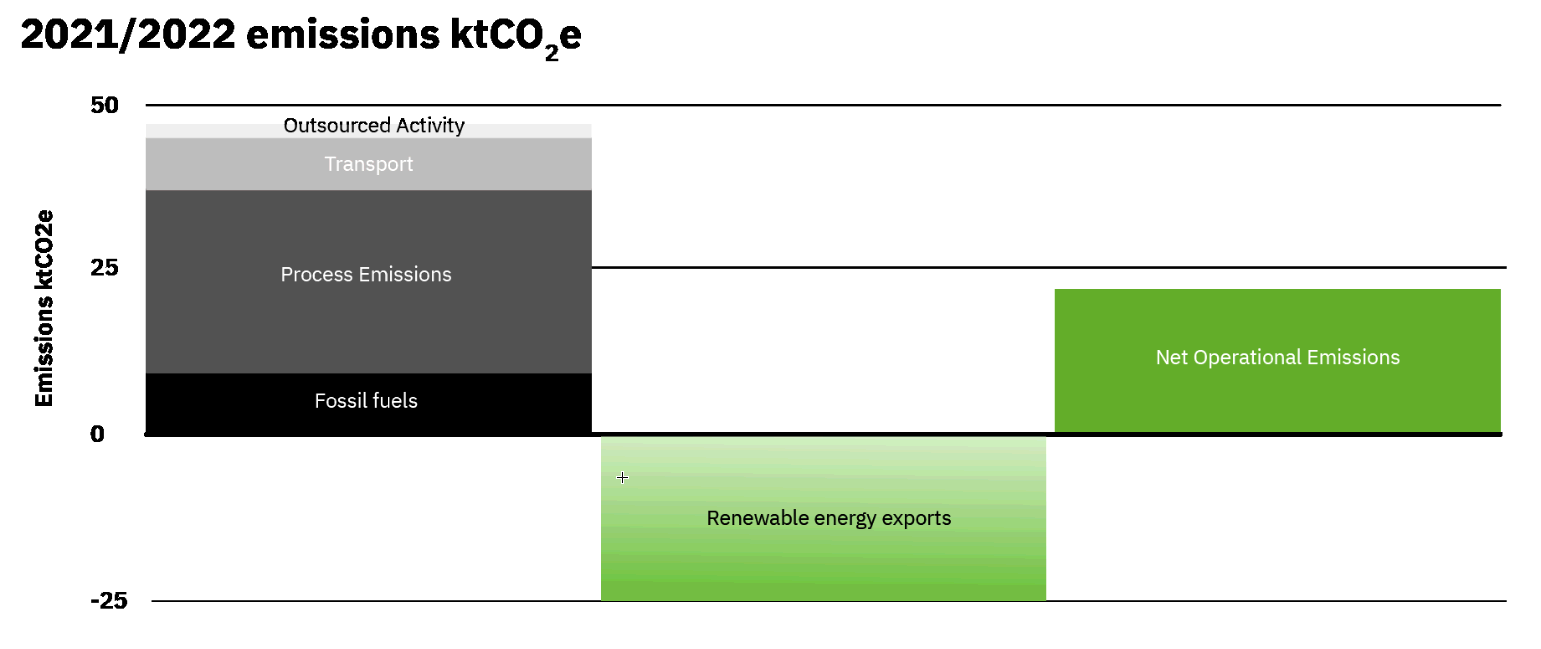
Leadership for the water sector and COP26
We took our Net Zero message global when our Chief Executive, Heidi Mottram, took to the stage during the Marrakech Partnership for Global Climate Action’s “Climate Leadership in Action” event at COP26.
Heidi spoke to the audience that had gathered in Glasgow to talk about the work we have carried out to date and, crucially, our year ahead as we look to change behavioural patterns and leapfrog conventional development paths.
The Action Event: Water session also featured CEOs from Water UK, Sydney Water and Xylem.
Heidi’s appearance, which was streamed around the world, followed a week in the COP26 Green Zone for a team including our Group Commercial Director, Graham Southall, Energy and Decarbonisation Manager, Anthony Browne, and Public Affairs Manager, Gareth Barrett.
During their time there, the team showcased our Net Zero journey to date, while also attending sessions led by partners including Business in the Community.
Looking ahead to COP27, we have sought to build new partnerships, discover new opportunities and continue to take our responsibilities as an industry leader very seriously. This has included opportunities to push for ever greater innovation at the Future of Utilities events series, engagement with political stakeholders through the Westminster Forum and our Wastewater Director, Richard Warneford, speaking at the CBI’s Achieving Net Zero conference with a focus on getting nature positive with a movement towards nature-based solutions.
We will continue to engage with the opportunities at COP27, using it as a springboard for our people to engage, innovate and educate as we continue our Net Zero journey.
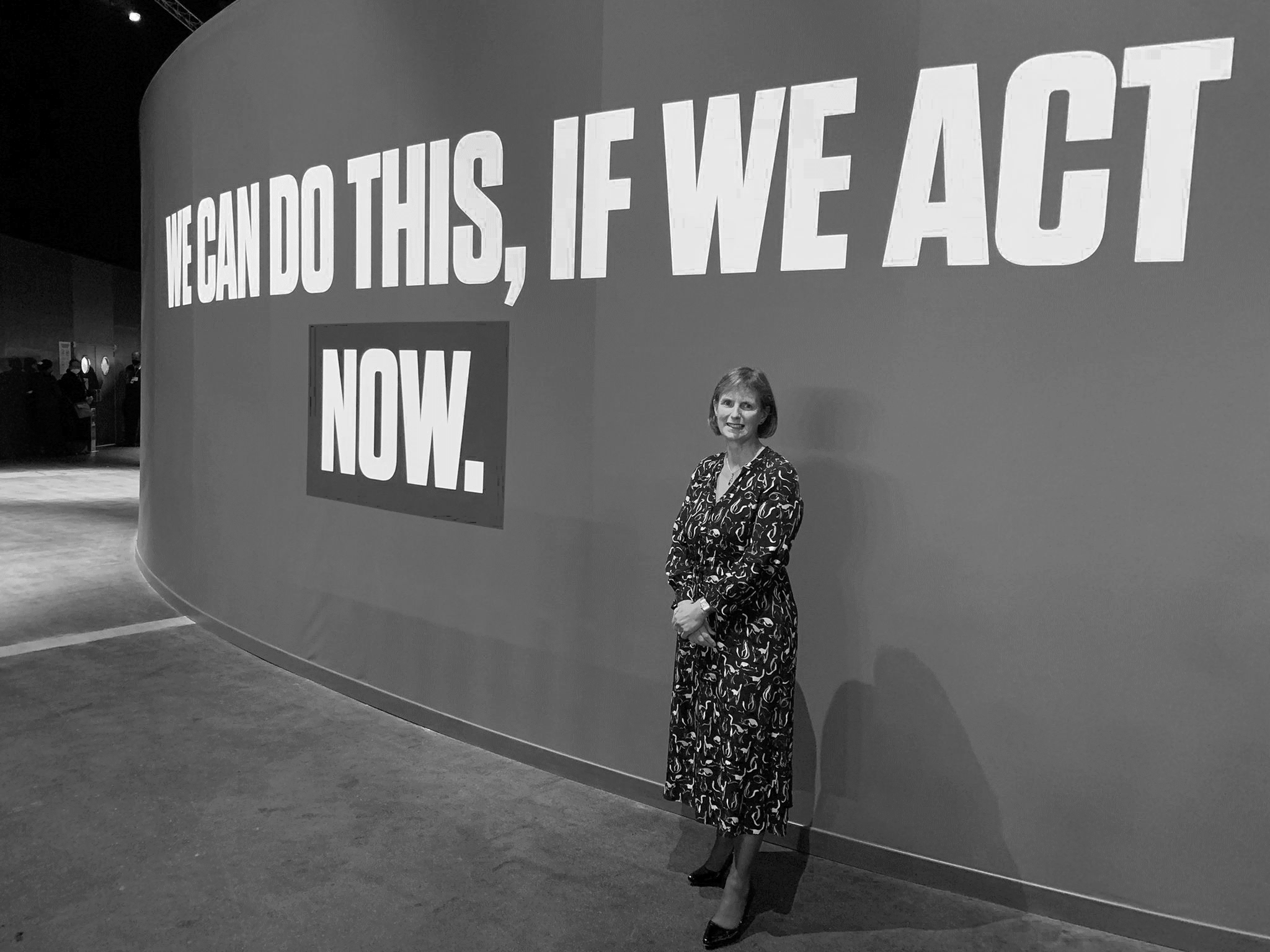
Case Studies
100% Renewable Energy Supply
We have 1,886 sites across the North East, Essex and Suffolk – and every one of them is powered by renewable energy.
Since April 2018, a new green electricity deal has covered everything from our largest treatment works down to our smallest telemetry systems.
This means we can achieve 125,000 tonnes of CO2 savings each year - over 600 times the weight of the Angel of the North.
Graham Southall, Northumbrian Water’s Group Commercial Director, said: “As well as supporting our renewable energy activity and drive towards Net Zero by 2027, these agreements will help drive down costs of operation through a long-term fixed price for electricity.”
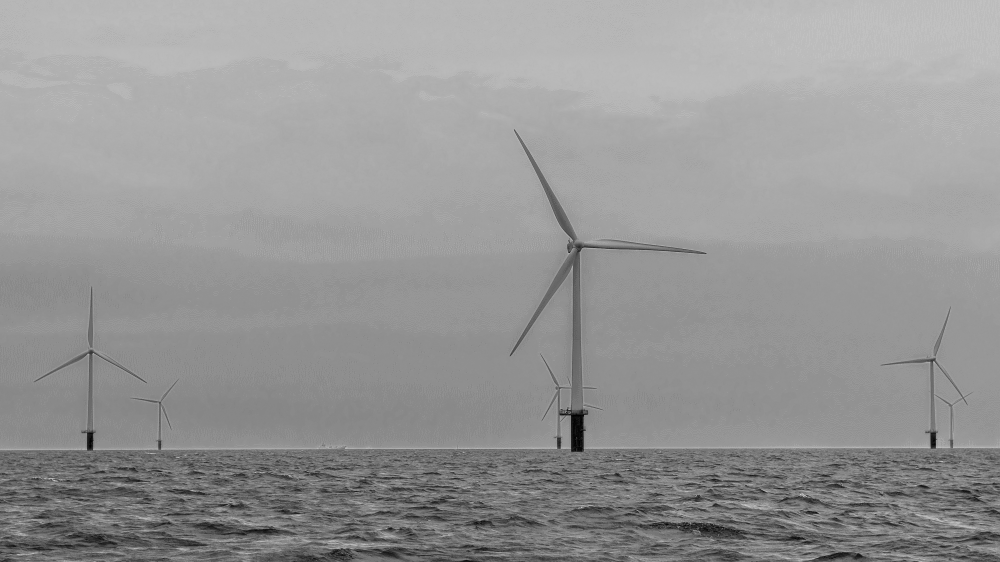
60p in the pound
We’re spending 60p in every pound within our operating areas – providing support for businesses and people within our communities, but also helping reduce carbon emissions.
By spending more within the North East of England and in Essex and Suffolk, we get an environmental gain from reducing travel and vehicle movement.
The desire to increase spending above that level was set out as part of the ambitious goals we laid out in our Business Plan 2020-25, as we strive to help build successful economies in our regions, and has been achieved in 2021.
To help achieve this, we are embracing partnership working, such as through the County Durham Pound initiative, aimed at focusing local buying power, as well as delivering employment and social value for the area.
Graham Southall, Northumbrian Water’s Group Commercial Director, said:
“Our 60p in every pound commitment is a win-win. We back businesses in the areas we serve, which in turn supports people and communities, and it naturally means the journeys made as part of our supply chain are reduced, because more are coming from close by.”
Ammonia into fuel
Having led the industry on creating 'Power From Poo through Anaerobic Digestion' and gas-to-grid technology, we’re now working to harness your waste to create green fuel for vehicles.
Our industry-first Organics Ammonia Recovery project will recover ammonia from wastewater and directly convert it into green hydrogen for beneficial use in the emerging hydrogen economy, for fuel cell powered buses, HGVs and trains.
By converting the recovered ammonia into hydrogen fuel, this will contribute to the Government’s green gas and renewable fuel agenda and help us lead the water industry as it accelerates towards Net Zero.
Andrew Moore, Northumbrian Water’s Research Co-ordinator, said: “Not only will this project help us to achieve zero emissions, but it will also improve ecological status of our rivers and test whether we can not only treat waste but recover it to add value.”
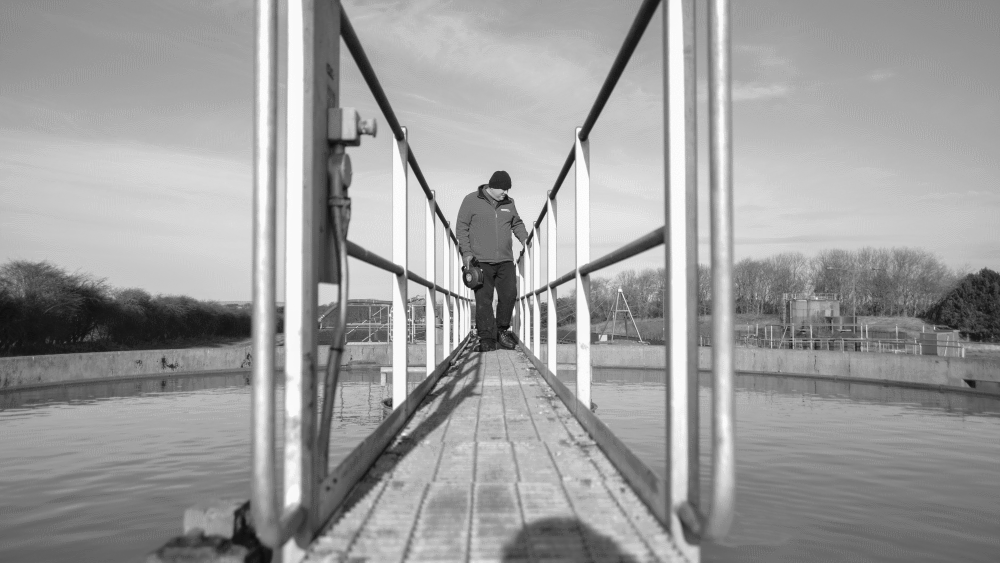
Catchment and Nature Based Solutions (C&NBS)
Catchment and Nature Based Solutions (C&NBS) are increasingly desirable alternatives to traditional ‘grey’ engineering, when it comes to managing water across our regions, because of their use of natural capital and the wider benefits they can deliver for carbon, biodiversity, water quality and recreational amenity. These solutions aren’t purely asset based, but often require us to work in catchments with other partners on environmental schemes.
While we aspire to take a nature-based approach, where possible, to our asset investment, through the use of such things as reedbeds, treatment wetlands, and sustainable drainage systems (SuDS), we also work with partners to harness natural capital in catchments.
These solutions can include land management, rewilding, natural flood management, river restoration, catchment nutrient balancing, catchment-scale wetlands and catchment-level SuDS. We work with all the North East local authorities and the Environment Agency as part of the Northumbria Integrated Drainage Partnership to investigate and deliver collaborative drainage solutions across the region, and with the North East Catchments Hub to identify catchment solutions for investment.
C&NBS can play a key role in reducing energy requirements, for example through the use of reedbeds as part of treatment processes at our Hanningfield and Birtley Water Treatment Works.
In the last five years, we have delivered, with our partners, almost £20million of C&NBS linked to drainage improvements and our wastewater network.
Further investments in catchment schemes to improve water quality are currently in the feasibility and design stages and will help us deliver further C&NBS projects in our region further benefiting our environment in the future.
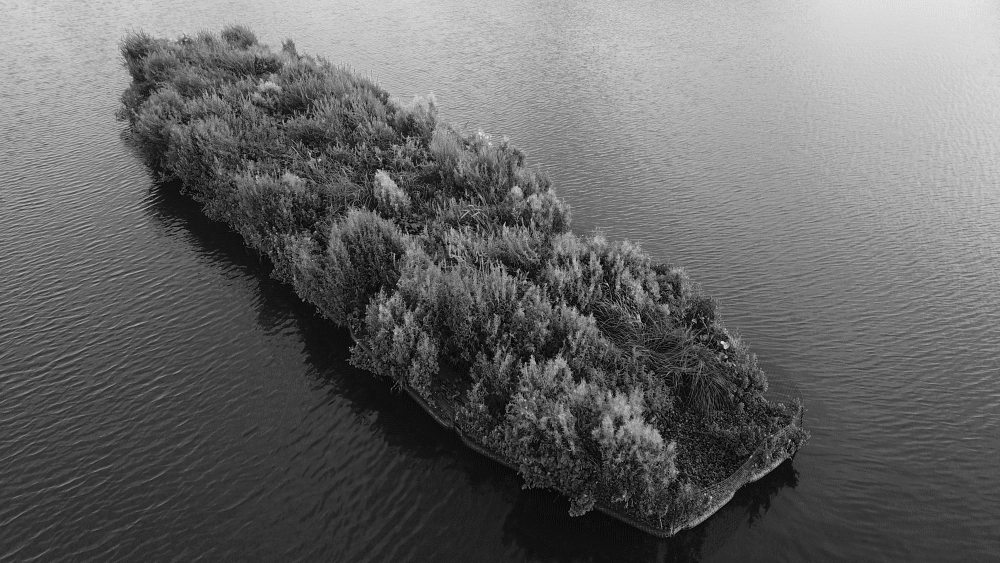
Digital Twins
We’re working with Newcastle University to use Digital Twin technology to improve asset management and incident response, creating tools and models that can deliver carbon reduction for us and our partners.
Working with post-graduate students, we’ve been gathering real-time data from water and sewer networks and focusing on wastewater process control and decision support to drive carbon reduction and maximise the value of the energy we create.
The aim is to attract funding to operationalise the tools and models developed, and allow them to be commercialised by the University.
We also use Digital Twins to run computer-generated simulations of incidents such as burst mains, to show in minutes what could happen to homes and communities during such events, again boosting response efficiency.
Chris Jones, Northumbrian Water’s Research and Development Manager, said: "Our use of Digital Twins came out of our 2018 Innovation Festival. The benefits are all about efficiency, for us and partners such as emergency responders, through identifying problems more quickly and easily and improved planning, decision-making and response times.”
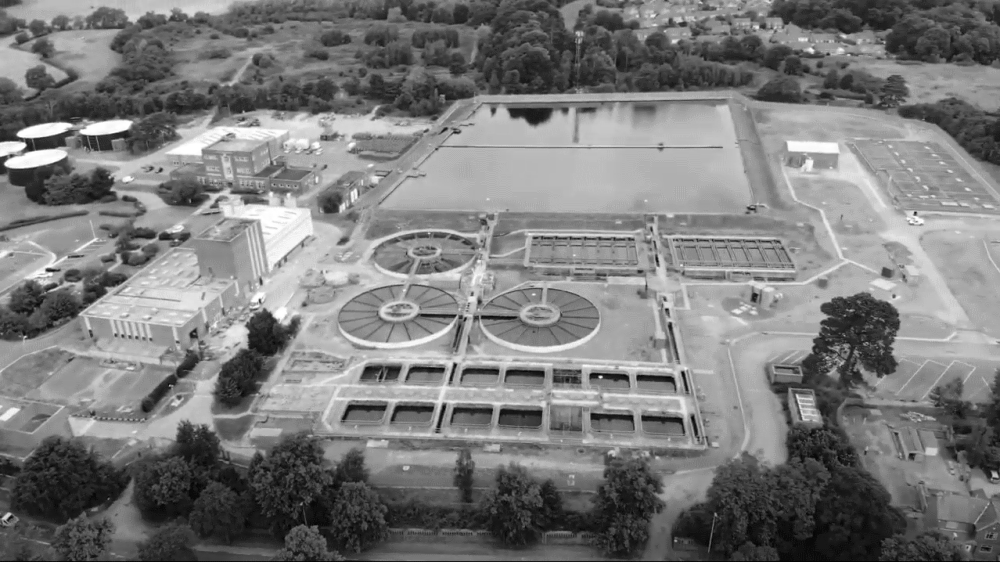
Photo credit: Nick Blake
Fleet
Having taken our first steps into harnessing renewable energy, our Fleet team are exploring a wide range of existing and emerging technologies as we look to future vehicles and fuel.
The sharply rising cost of vehicles on the current market means the team is taking a considered approach, to ensure our fleet adaptation not only helps us towards our Net Zero goal, but also gets the best value for our customers’ money.
We currently have 13 Nissan ENV200 vans, which are used across our operational and customer-facing teams, both in the North East and in Essex and Suffolk. A further pool vehicle will be added in Suffolk later this year.
We also have 75 chargers across our sites and are taking the opportunity when investing in site upgrades to add more wherever we can.
Fleet Manager Kate Wilson said: “It’s important that we make smart choices when it comes to our future fleet. So, we are watching the market and assessing how and when we can best invest to get value for money for our customers, while also delivering the best benefits for the environment.
“We are also carefully assessing how electric and other new fuels would fit with the way our operational teams work, which includes ensuring the infrastructure is in place to ensure that our vehicles have the charge needed when our customers need us.”
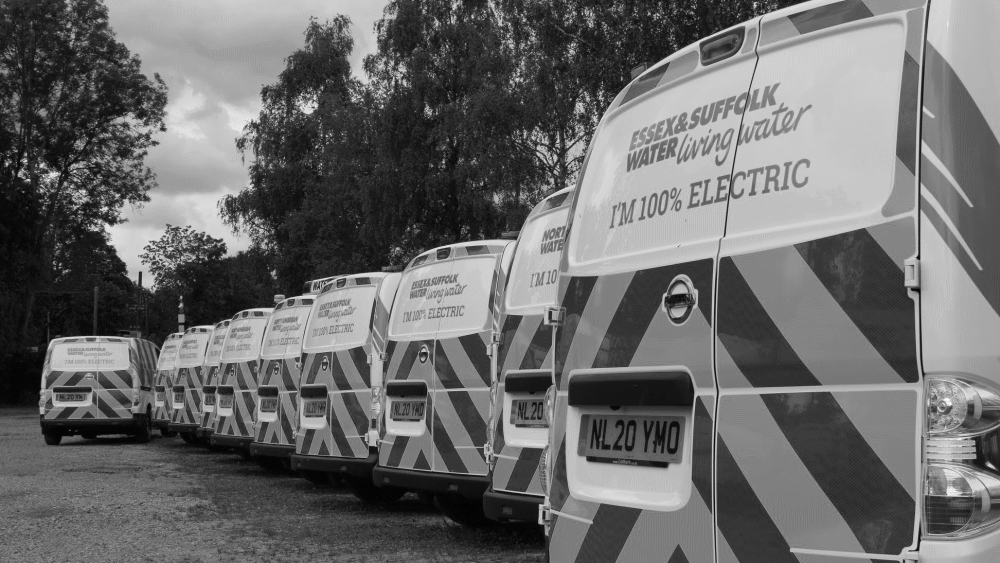
National Underground Asset Register (NUAR)
We’re making the invisible visible, reducing carbon emissions and saving lives and money, with our ground-breaking National Underground Asset Register (NUAR) project.
Most utilities have assets buried beneath the ground – some 1.5 million km in total. But, until now, they have never all been mapped in one place.
The first-ever NUAR is being created alongside a range of partners and with backing from the Government’s Geospatial Commission.
Developed from an idea at our 2018 Innovation Festival, the NUAR will contribute to reducing potentially lethal utility ‘strikes’ that cost an estimated £2.4 billion to the UK economy.
With the availability of shared data and greater knowledge before ground is broken, it will also help reduce carbon by increasing the efficiency of utilities’ digs. Where in the past companies may have had to halt a dig when we encounter another utility pipe or cable, and do extra digging around it, and potentially extra re-surfacing. The NUAR increases the chances of making that first dig the only one that’s needed.
In 2022, we became the first company to sign a national data-sharing agreement to allow NUAR to roll out across the country.
Clive Surman-Wells, Northumbrian Water’s Innovation Partnership Manager, said:
"With greater knowledge comes greater efficiency. Utility strikes often happen when a company digs into the ground and hits a pipe or cable they didn’t know was there. As well as being potentially fatal, costly, and possibly bad for the company’s reputation, it means more digging. By increasing our ratio of getting the dig right first time, we reduce carbon by decreasing the need for that extra energy usage.”
Power from poo
We are industry leaders in using our customers’ waste to create green energy.
We were the first, and are still the only, water company to use 100% of the sludge from our wastewater treatment to create energy, literally Power From Poo – and this is a significant part of how we are already well on our way to Net Zero.
Advanced Anaerobic Digestion plants on Tyneside and Teesside process around 2 million cubic metres of sludge to generate 10MW of energy, enough to power around 20,000 homes.
The residual inert “cake” is then transported to be used as fertiliser. The switch from moving liquid sludge to transporting solids has also meant 90,000 tankers per annum have been replaced by 10,000 trailers, reducing our carbon emissions even further.
Both sites also utilise gas-to-grid plants to pass energy produced into the National Grid.
Richard Murray, Head of Wastewater Treatment and Bioresources, said:
"Our Power From Poo processes create a cycle of waste and green energy. Customers cook using gas, eat their dinner, and this creates waste that is flushed into our network. We then treat that waste and elements are used to create gas that goes back into the National Grid and may then be used to cook more meals."
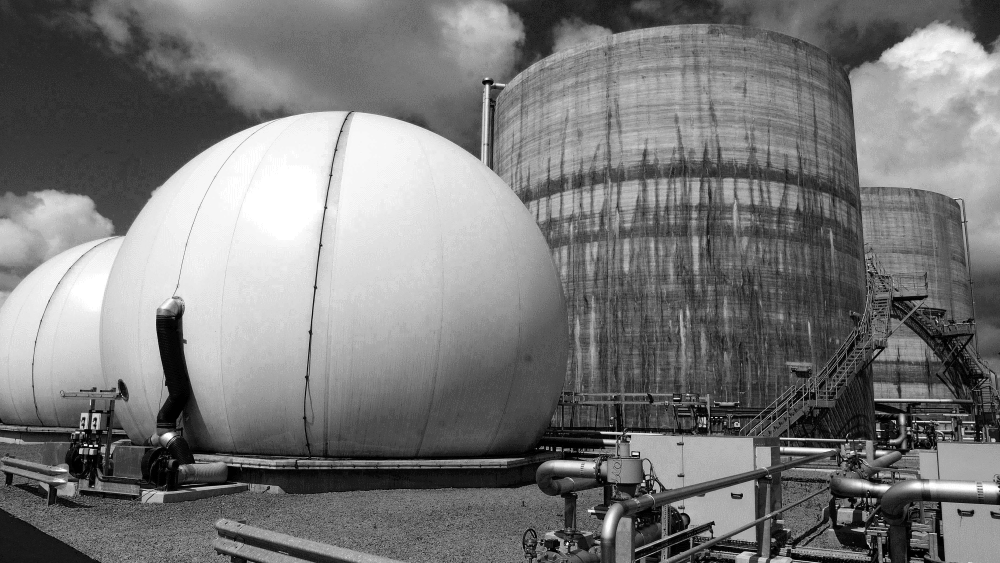
Reed beds
Our reed beds at Hanningfield were a first for sustainable drinking water treatment, representing a saving of 70 tonnes of CO2 emissions a year, compared with the traditional system
They provide a natural method of dealing with the sludge, which is a by-product of the water treatment process, recycling the water back into the reservoir for re-use. They remove the need for mechanical or chemical processes, along with the associated maintenance, labour and power.
Containing 16 reed beds, with a surface area of more than 10 acres, the natural plantation is now an essential part of the drinking water treatment process for the nearby water treatment works.
Separating silts and algae from the raw water as part of the treatment process creates up to three million litres of a sludge containing ferric used in the treatment process every day.
Katie Davis, Northumbrian Water Group’s Project Portfolio Manager and Project Manager, said: “Most of the sludge is water which, once treated, can be naturally recycled back to the reservoir for re-use, removing mechanical or chemical processes, along with the associated maintenance, labour and power.
“The creation of the new reed bed is also an important addition to the wildlife habitat of the reservoir – so a cleaner, more efficient, natural and environmentally beneficial scheme.”
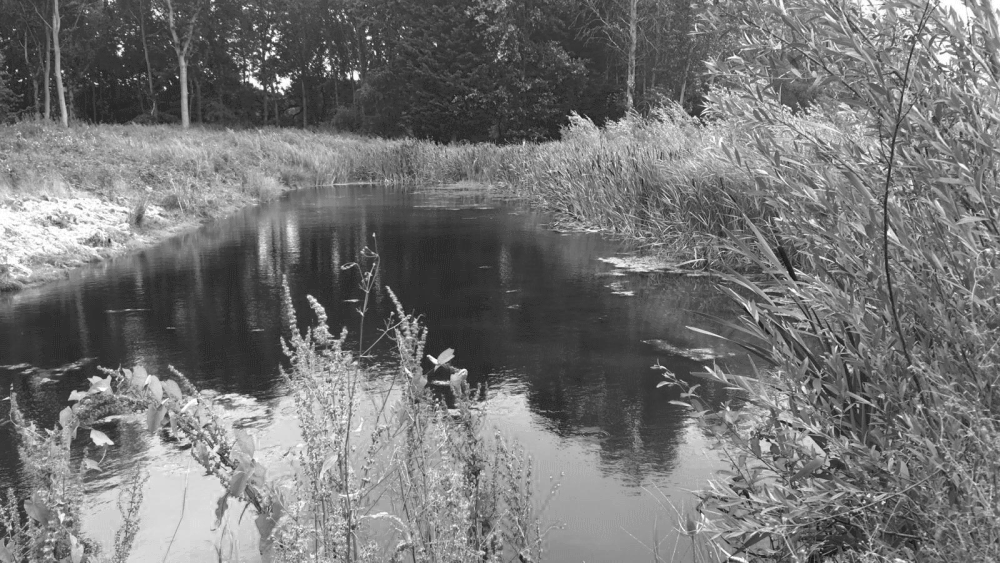
Solar
Our efforts to achieve Net Zero and work with partners to produce green energy for other users are taking a big step forward in 2022 as we install solar arrays on a number of our sites.
We have now switched on an array of 3,600 solar panels at Lumley Water Treatment Works in County Durham, the first of six sites where the technology is planned to be added this year.
We have now commissioned solar arrays at Sedgeletch Sewage Treatment Works, and have recently signed contracts for construction to begin at Bran Sands Green Power Station. Work to add solar arrays to sewage treatment works at Billingham, Newton Aycliffe and Blyth, is now underway, which will be followed by panels on land near the Broken Scar Water Treatment Works in Darlington.
In Essex, the potential for two further arrays is being explored.
The Lumley array is the third to be installed on one of our sites, following a 164-panel array on Lowestoft Customer Centre in 2014 and the 943-panel array at Bran Sands on Teesside in 2016.
The 1.9 million kWh of energy that will be generated by the array at Lumley adds to the 220,000 kWh generated at Bran Sands and 23,000 kWh generated at Lowestoft.
With the addition of solar at the six new sites, we anticipate generating 12 million kWh per year by the end of 2022. This energy will be used to power the sites, helping us to further reduce our carbon emissions.
Graham Southall, Group Commercial Director, said: “Water and wastewater treatment are energy intensive, so while we are looking at innovative methods of reducing that consumption, we are also looking to make the best use of the space we have on these sites to generate green power. Solar represents a great opportunity to maximise the potential of that space. By doing so, we can take an important step towards our Net Zero goal and also add to the green energy available on the wider market.”

The Ripple Effect
Our Water Efficiency team has embarked on a new initiative that will not only help people reduce their water usage, but also support them and us to reduce energy consumption and save on bills.
While the programme is tackling the top 5% of water users among our customer base, its learnings will be used to help shape future work across the North East, Essex and Suffolk.
Already, our plumbers have delivered more than 1,100 customer home visits to customers who we would define as Top 5% customers. Based on the definition of a Top 5% user, we aim to invite customers using more than 290 litres per person per day based on the data we have on our systems.
The visits not only help people to explore their personal usage and the reasons behind it, but also to reduce their consumption.
By helping those customers to use less water, it reduces the amount we have to produce, saving us on energy costs and contributing to our Net Zero goal.
It also reduces the customers’ own carbon footprint and helps them cut energy costs, as 25% of the typical energy bill goes towards heating water for baths, showers, and washing up using hot taps.
The Water Efficiency team has worked with our analysts, using data from our own and from open sources to identify customers who fall into the top 5% of users bracket. A total of 28,000 customers have been contacted by mail or, where we know them to be digitally engaged, by email.
Ruth Scott, who is leading the work, said: “As the programme continues, and customers take on board the behavioural changes, it is expected that future analysis will see the consumption levels that represent the top 5% of users fall. This means we will then engage new customers to help them look at what changes they can make. Plus, we are learning an increasing amount about some of the many varying reasons behind high usage, which will help influence how we talk to all our customers about water efficiency, helping them, too, to save money and reduce their carbon footprints.”
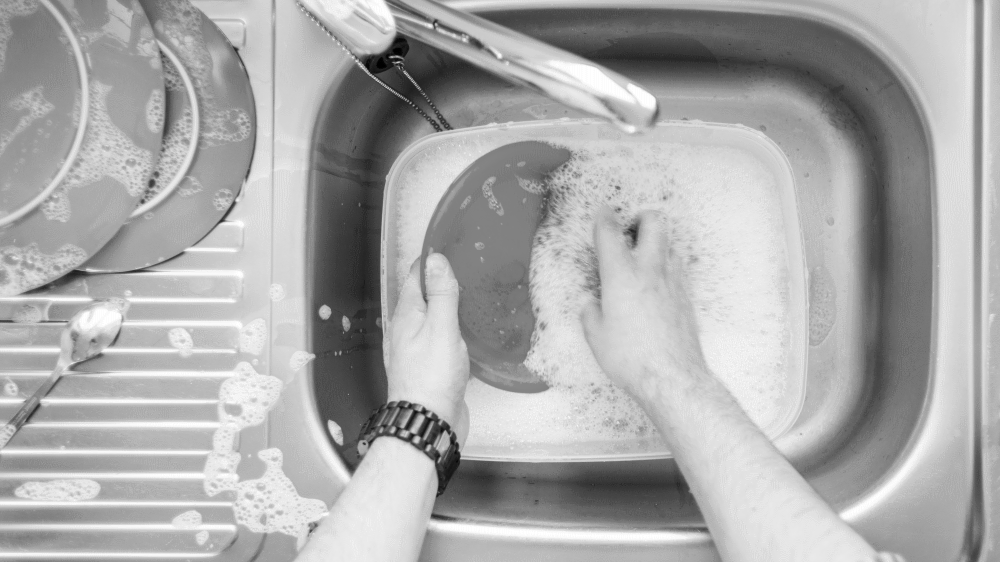
Useful links
Aquadapt
Emission Possible 2022
Net Zero Heroes
To achieve our goal of Net Zero in 2027, we need people who are equally as ambitious, to deliver the carbon reductions required
Find out moreNet Zero
Ben Gilbert - Innovation Festival


